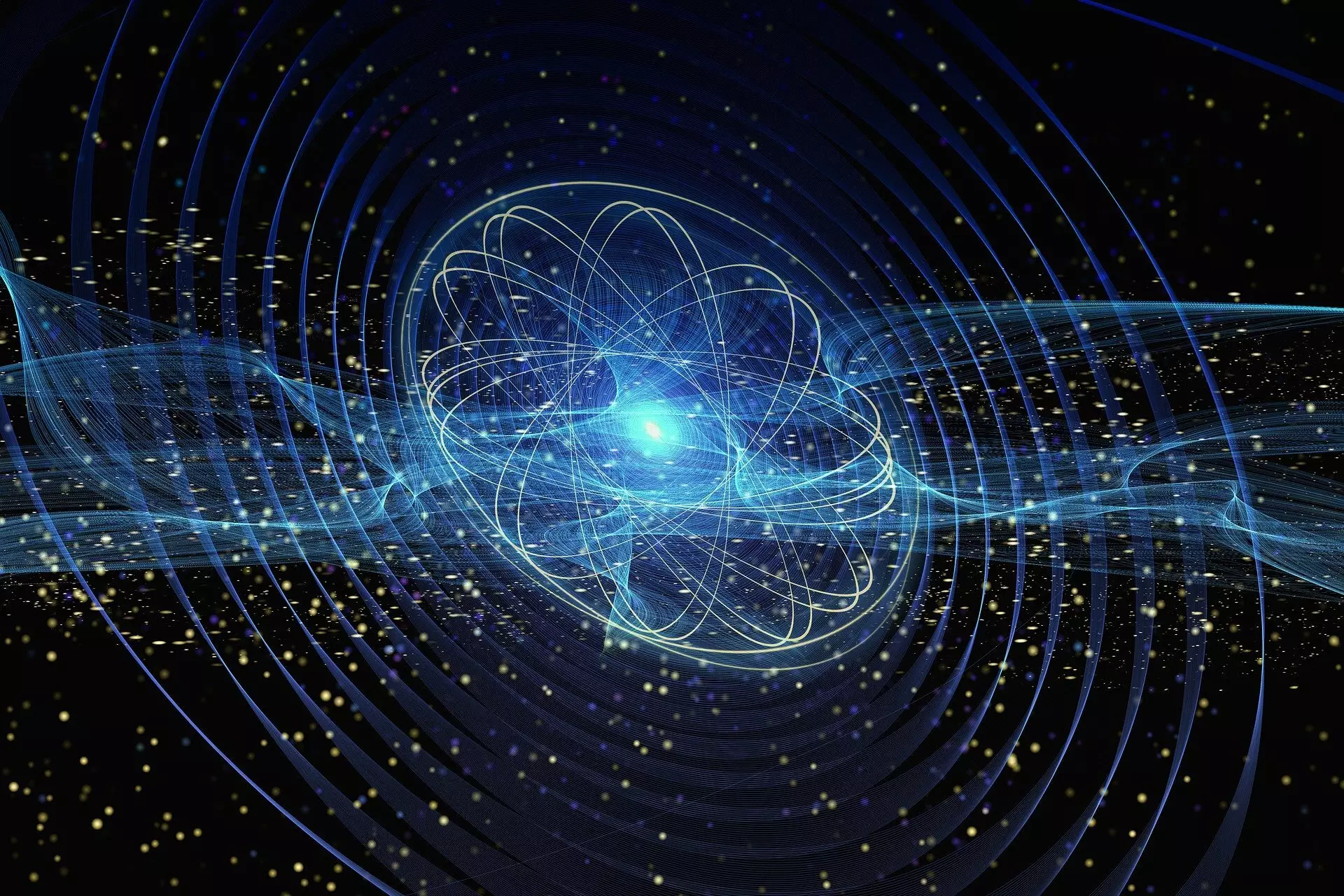Quantum computing has made significant progress in recent years, with companies like Google and IBM offering cloud-based quantum computing services. However, these quantum computers still face limitations when it comes to solving problems that traditional computers struggle with due to the lack of available qubits, the basic units of quantum information. Unlike binary bits in traditional computers, qubits can represent both 0 and 1 simultaneously, introducing the element of probability into computing. This property, known as quantum superposition, also makes qubits highly susceptible to external influences, leading to the loss of stored information. To ensure reliable results, researchers need to create entanglement between multiple physical qubits to form a logical qubit. The challenge lies in the large number of physical qubits required, hindering the development of functional quantum computers.
Several approaches are currently being explored to make quantum computing viable. While large corporations favor superconducting solid-state systems, which operate only at extremely low temperatures, photonic concepts offer the advantage of working at room temperature. In these photonic systems, single photons serve as physical qubits. However, single photons are prone to loss, necessitating the coupling of multiple single-photon light pulses to create a logical qubit, similar to the superconductor-based approach. Researchers from the University of Tokyo, Johannes Gutenberg University Mainz (JGU), and Palacký University Olomouc have recently demonstrated a new method for constructing a photonic quantum computer.
Rather than relying on individual photons as qubits, the research team utilized a laser-generated light pulse consisting of several photons. This laser pulse was transformed into a quantum optical state capable of error correction. Professor Peter van Loock of Mainz University explained, “Although the system consists only of a laser pulse and is thus very small, it can, in principle, eradicate errors immediately.” Unlike traditional methods that require numerous individual photons and their interactions to create logical qubits, this new approach achieves a robust logical qubit using just a single light pulse. In essence, a physical qubit is already equivalent to a logical qubit within this innovative system.
While the construction of a logical qubit using a laser-generated light pulse is a groundbreaking concept, the quality of the logical qubit produced in the University of Tokyo’s experiment did not meet the necessary level of error tolerance. Despite this limitation, the researchers have successfully demonstrated the ability to transform non-universally correctable qubits into correctable qubits using quantum optical methods.
The advancement of quantum computing holds immense potential for solving complex problems that traditional computers cannot handle. As researchers continue to explore different approaches and refine the techniques for creating qubits, the possibilities of quantum computing become ever more promising. With further developments, the limitations of current quantum computers can be overcome, paving the way for a new era of computing technology.


Leave a Reply